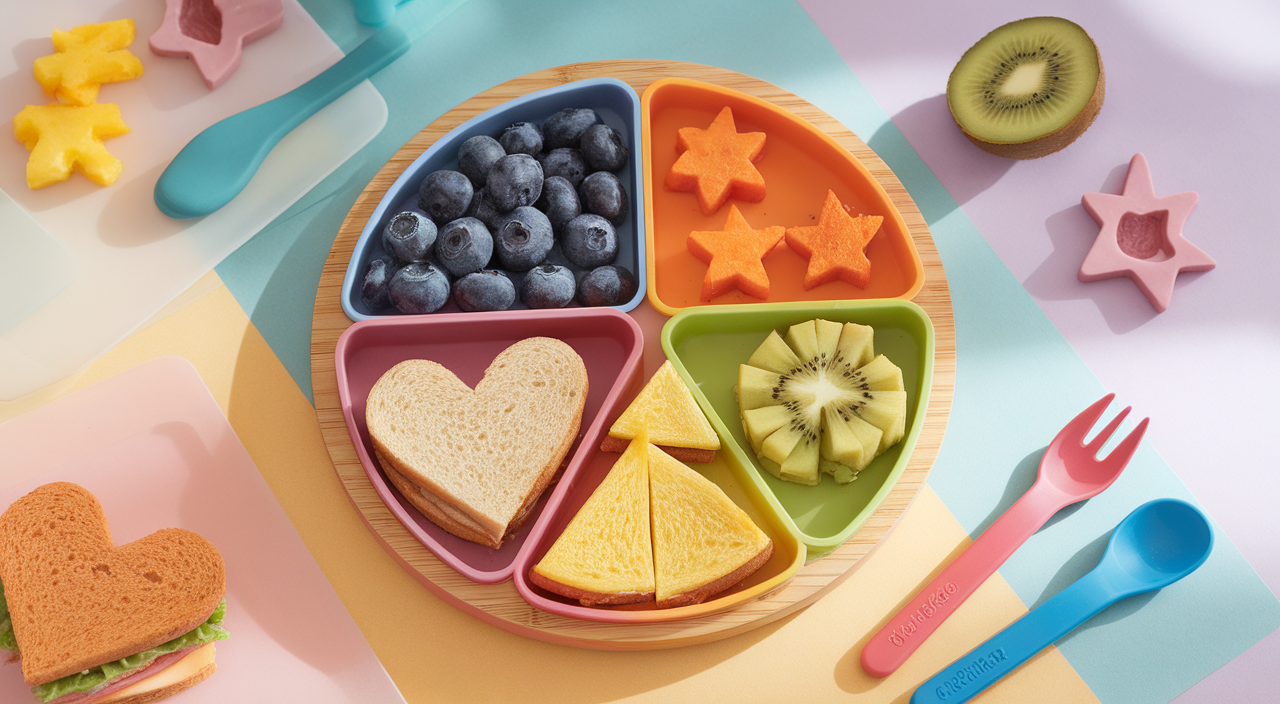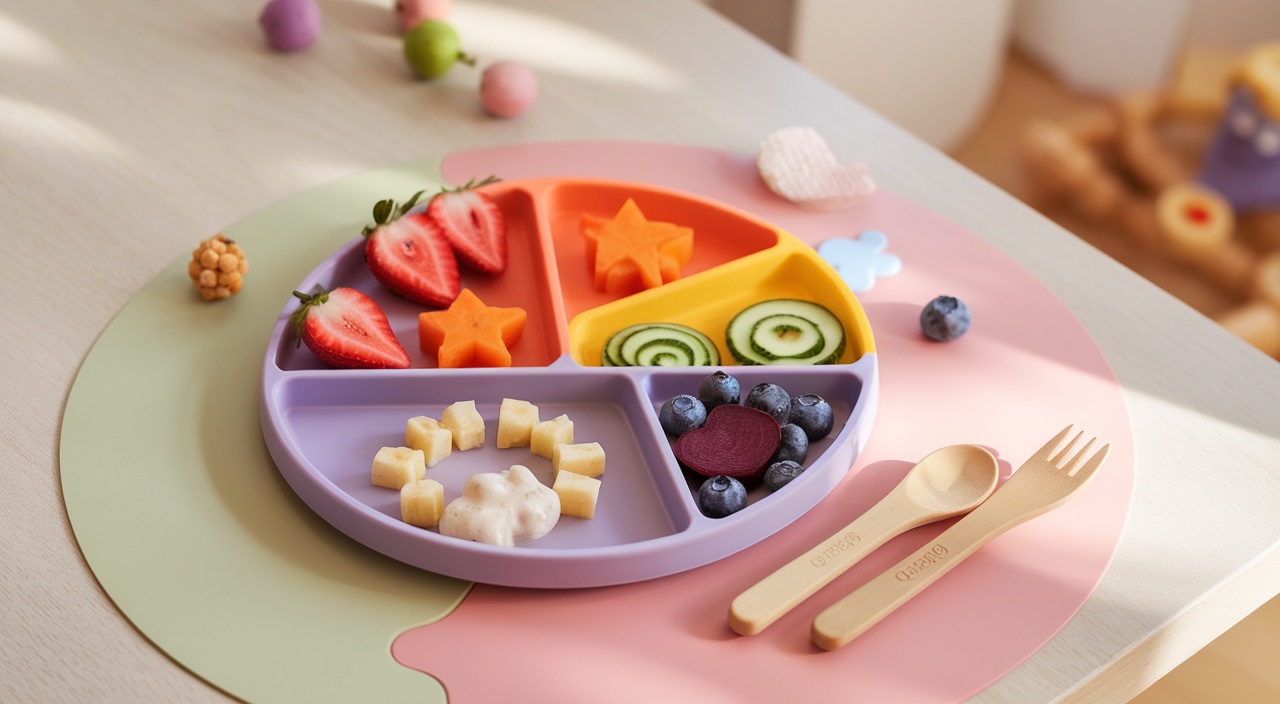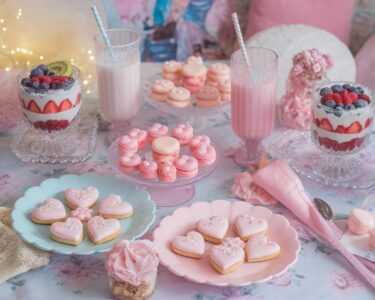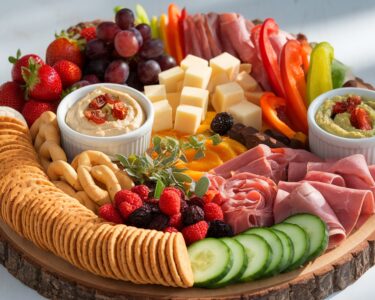The toddler plate trend has turned regular meals into photo-ready art displays with bright, carefully placed foods on divided plates. This social media movement has built a helpful online community of parents sharing meal ideas, but also adds pressure to make food look good while staying nutritious.
Key Takeaways
- The trend emphasizes color coordination, fun shapes, and sectioned plates made from premium materials like silicone and bamboo.
- While visually appealing, these plates can create added time pressure and increased expenses for specialized ingredients and accessories.
- Nutritional needs should remain the priority, with toddlers requiring 1,000-1,400 calories daily along with specific nutrients like iron, calcium, and Vitamin D.
- Health experts recommend following the “division of responsibility” feeding approach where parents choose foods and children decide how much to eat.
- The pressure to create social media-worthy meals may negatively impact parent stress levels and children’s relationships with food.
Visual Appeal and Social Media Influence
I’ve noticed how this trend has parents arranging blueberries in perfect circles and cutting sandwiches into animal shapes. The plates themselves have become status symbols – often made from high-end silicone or bamboo with perfect sections for different food groups.
Creating these visual masterpieces takes extra time each day. Parents spend 30+ minutes arranging food just right for that perfect photo. The cost adds up too. Special cutters, premium ingredients, and designer plates can triple the cost of a basic meal setup.
Keeping Nutrition Central
Nutrition must stay central despite the focus on appearance. Toddlers need 1,000–1,400 calories daily with specific amounts of iron, protein, and healthy fats. The most beautiful plate fails if it doesn’t provide what growing bodies need.
The Division of Responsibility
Pediatric nutritionists suggest following the “division of responsibility” approach. I choose what foods to serve, but my child decides how much to eat. This builds healthy eating habits beyond just making food look cute.
Impact on Parents and Children
The social media pressure can harm both parents and children. I feel stressed trying to match what I see online, and kids might develop unrealistic expectations about how food should look. Some might even refuse normal-looking meals after seeing only picture-perfect versions.
Striking a Balance
This trend has clear benefits – creative expression, food variety, and community support. But I’ve learned to balance visual appeal with practical nutrition and time constraints. The real win is a child who enjoys healthy food, regardless of how Instagram-worthy it looks.
The Perfect Instagram Toddler Plate: What Parents Need to Know
Understanding the Toddler Plate Trend Evolution
The toddler plate trend has completely transformed how parents serve meals to their little ones. Social media platforms have turned everyday toddler mealtimes into picture-perfect moments, with billions of views on TikTok showcasing creative food arrangements and eye-catching presentations.
I’ve noticed that parents aren’t just focusing on nutrition anymore – they’re creating mini works of art that are both fun and functional. These carefully crafted meals, featuring rainbow-colored foods and creative shapes, have become a social media sensation, particularly on platforms like Instagram and Pinterest.
Essential Elements of a Trending Toddler Plate
The modern toddler plate trend emphasizes specific features that make meals both visually appealing and practical. Just like creating an aesthetic breakfast presentation, these plates require attention to detail and creative planning.
Here are the key components that make up a social media-worthy toddler plate:
- Color coordination with rainbow-inspired food choices
- Geometric shapes and fun food cutouts
- Separated sections for different food groups
- Themed arrangements based on seasons or occasions
- Mix of textures and heights for visual interest
The plates themselves have become a crucial part of this trend, with specific styles gaining popularity:
- Silicone plates with built-in dividers
- Bamboo plates with natural appeal
- Sectioned plates with perfect portion sizes
The toddler plate trend isn’t just about appearances – it’s created a supportive online community where parents share ideas and encourage each other. This social aspect has helped sustain the trend’s momentum, with parents regularly posting their creative meal presentations and getting instant feedback from their online communities.
I’ve seen how these artfully arranged plates can make mealtimes more engaging for picky eaters while giving parents a creative outlet. The trend has sparked a movement that combines practical feeding solutions with social media-worthy presentations, making everyday meals special occasions worth sharing.
Reality Check: Nutrition vs. Aesthetics for Toddlers
Understanding the Toddler Plate Trend vs. Nutritional Needs
The toddler plate trend has taken social media by storm, but I’ve noticed a concerning gap between picture-perfect presentations and actual nutritional requirements. While creating aesthetically pleasing meals can be fun, it’s essential to prioritize what goes into growing bodies.
Toddlers need between 1,000 to 1,400 calories daily, along with specific nutrients for healthy development:
- Iron: 7 mg per day for proper brain development
- Calcium: 700 mg daily for strong bones
- Vitamin D: 600 IU daily for calcium absorption
Practical Portions vs. Pretty Presentations
The toddler plate trend often showcases elaborate arrangements, but I’ve found that simple portion guidelines work best. A practical rule of thumb is offering one tablespoon of each food group per year of age. This makes serving sizes manageable and appropriate for little ones.
The reality of feeding toddlers isn’t always Instagram-worthy – especially since 20-50% of toddlers are considered picky eaters. While the toddler plate trend emphasizes visual appeal, I’ve learned that following the ‘division of responsibility’ feeding approach yields better results. This means:
- Parents choose what foods to serve
- Children decide how much to eat
- Mealtimes focus on nutrition rather than aesthetics
- Food arrangements support, not override, eating habits
- Simple presentations encourage natural exploration
The current toddler plate trend can mask real feeding challenges that need attention. When parents focus too much on creating picture-perfect meals, they might miss signs of genuine eating difficulties or sensory sensitivities. I’ve found that balancing visual appeal with practical nutrition helps create sustainable, healthy eating habits that last beyond the latest social media fad.
The Hidden Cost of Picture-Perfect Plates
The Rising Pressure of the Toddler Plate Trend
Social media has transformed simple toddler mealtimes into carefully curated photoshoots. I’ve noticed how the toddler plate trend has shifted from basic feeding to an art form, with parents spending extra hours shopping, prepping, and styling meals to match online inspiration. What started as creative meal planning has morphed into a source of stress for many parents trying to keep up with picture-perfect standards.
Premium brands have capitalized on this movement, with companies like ezpz Happy Mat and WeeSprout leading the charge with their Instagram-worthy sectioned plates. While these products look stunning in photos, they come with hefty price tags due to their high-end materials like BPA-free silicone and sustainable bamboo.
Impact on Parent and Child Well-being
The growing toddler plate trend raises several concerns about its effect on family dynamics. Here’s what parents should consider before jumping fully into styled meals:
- Added time pressure for meal preparation
- Increased grocery costs for specific ingredients
- Higher expenses for specialized plates and accessories
- Mental stress from trying to match social media standards
- Potential negative impact on children’s relationship with food
The American Academy of Pediatrics emphasizes that successful feeding isn’t about creating picture-worthy presentations. Instead, they recommend focusing on consistent meal offerings and patience, noting that children may need 10 to 15 exposures to accept new foods. I’ve found that creating aesthetically pleasing meals can be fun, but shouldn’t overshadow the core purpose of nurturing healthy eating habits.
While styled plates might look appealing on social media, prioritizing appearance over nutrition and natural eating patterns can backfire. Parents might feel pressured to maintain unrealistic standards, while children may develop complicated relationships with food based on how it looks rather than how it tastes or makes them feel. The toddler plate trend, though visually inspiring, shouldn’t dictate your family’s mealtime experience or budget.
@alexbabii97 Plate my 1 year olds dinner with me! #fypシ #fyp #fypシ゚viral #fypage #foryou #foryoupage
Many parents have recently embraced divided dinnerware, as seen in this discussion about the obsession with dividers on toddler plates, which highlights both practical and psychological reasons behind the choice.
Sources:
American Academy of Pediatrics – Healthy Active Living for Families
Ellyn Satter Institute – The Division of Responsibility in Feeding






